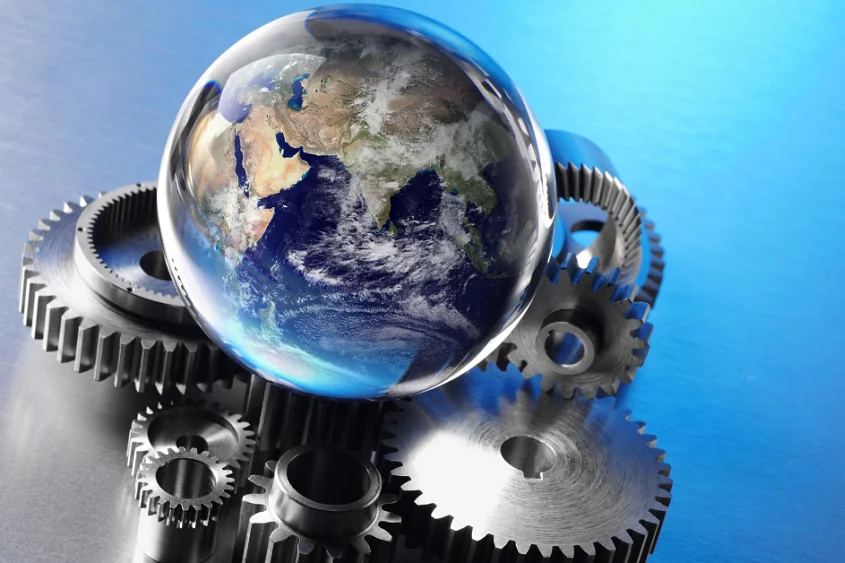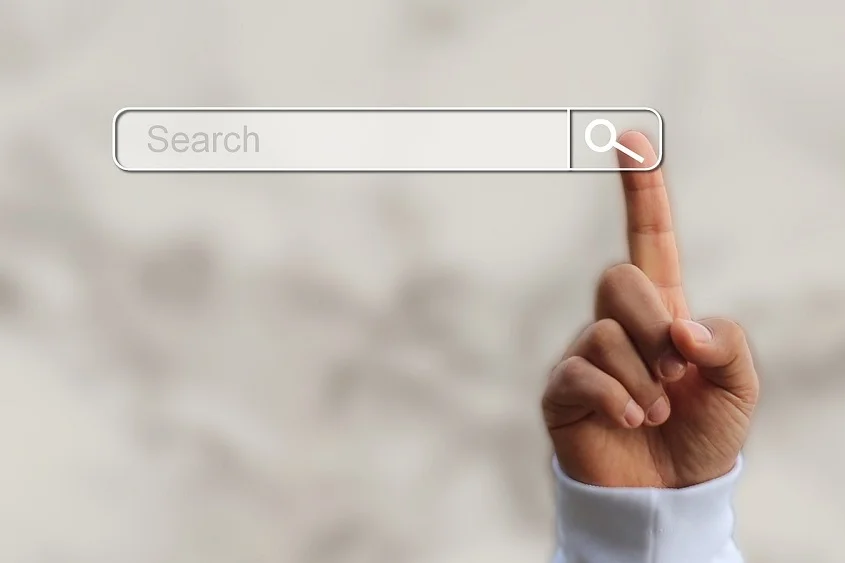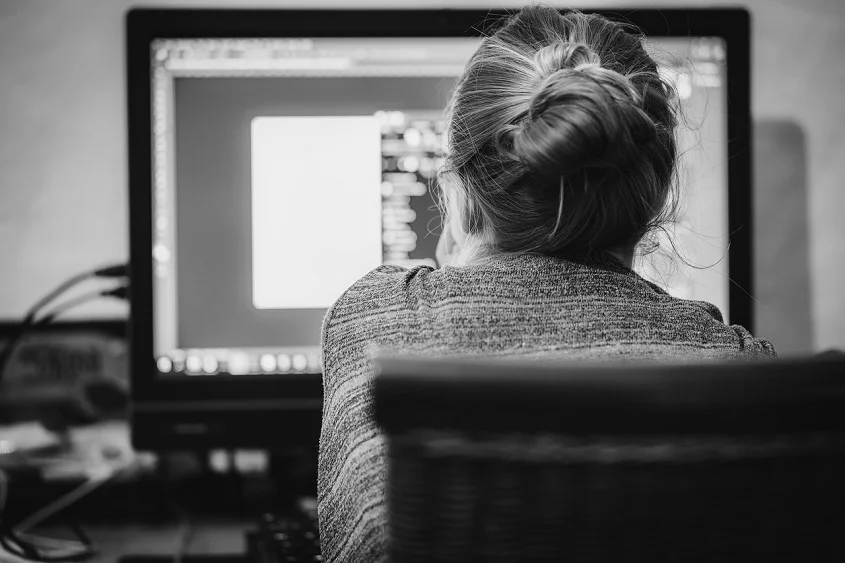Navigating the Boundaries of Copyright Law in the Age of AI-Generated Works
- March 9, 2023
- By Sarita Thomas
- Read 6 minutes
Delves into the complexities surrounding copyright protection for works created by artificial intelligence. It discusses the limitations of current copyright laws and highlights the need for a more nuanced and adaptive legal framework to address these emerging issues.
The advent of artificial intelligence (AI) has brought about a new era of creativity, with machines generating works of art, literature, and music. AI-generated works are created by algorithms, rather than human creators, which has sparked a debate about who owns the copyright to these works. The challenge lies in determining whether copyright law can adequately protect AI-generated works, which do not fit neatly into the traditional categories of “authorship” and “originality.” Some argue that AI-generated works lack the creative spark that is necessary for copyright protection, while others contend that copyright law should evolve to recognize the contributions of machines to the creative process. Moreover, there are questions of whether the use of pre-existing copyrighted material to train AI systems could infringe on the original creators’ rights. As AI continues to generate increasingly sophisticated works, copyright law will need to adapt to ensure that creators, whether human or machine, are appropriately recognized and protected.
Understanding Copyright Law in the Age of AI
As AI continues to gain ground in creating novel works, questions surrounding intellectual property rights have become increasingly complex. It is important for innovators to have a basic understanding of copyright law and how it applies to AI-generated works.
Copyright law is designed to protect original creative works, such as literature, music, art, and software. Copyright law provides the creator of a work with exclusive rights to use, reproduce, distribute, and display their work. However, copyright law does not apply to every type of work, and there are limits to the extent of protection that it can offer to AI-generated works.
One of the main challenges with copyright law and AI-generated works is determining who owns the copyright. The traditional notion of authorship is difficult to apply when an AI system generates a work. The ownership of the copyright may depend on the level of human input and creativity involved in the creation of the work. For instance, if an AI system generates a work with minimal human input, it may be difficult to argue that the resulting work is eligible for copyright protection.
Another challenge is that copyright law does not protect ideas, concepts, or procedures, but rather the expression of those ideas. This means that copyright protection for AI-generated works may be limited to the specific expression of the work, rather than the underlying idea or algorithm used to create the work. Additionally, the protection may not extend to certain types of works generated by AI, such as those that lack sufficient originality or creativity.
Challenges of IP Protection for AI-Generated Works
The emergence of AI technology has resulted in a range of challenges related to intellectual property (IP) protection. One key challenge is the protection of AI-generated works under current copyright law. Unlike traditional works that are created by human authors, AI-generated works are created autonomously by machines. This raises questions about whether such works are eligible for copyright protection, and if so, who the rightful owner of such works is.
Analysis of the challenges of protecting AI-generated works under current copyright law
One of the challenges in protecting AI-generated works is determining the extent to which the works are original and creative. Copyright law generally requires that a work be original and created by a human author in order to be eligible for protection. However, AI-generated works may not meet this requirement, as they are created autonomously by machines. This means that the level of human involvement in the creation of the work can be a determining factor in whether it is eligible for copyright protection.
Another challenge in protecting AI-generated works is the issue of ownership. In cases where AI-generated works are created by machines, it may be unclear who the rightful owner of the works is. Some argue that the owner of the AI technology used to create the works should own the resulting works, while others argue that the person or entity that provides the data or training that enables the AI to create the work should own the resulting works. This lack of clarity around ownership can make it difficult for creators and users of AI-generated works to determine who has the right to use, sell, or license such works.
Limitations of current copyright law in addressing AI-generated works
The limitations of current copyright law in addressing AI-generated works stem from the fact that copyright law was developed primarily to protect human-authored works. As a result, copyright law may not be well-equipped to address the challenges posed by AI-generated works.
One limitation of current copyright law is that it may not provide clear guidance on the ownership of AI-generated works. As mentioned earlier, the lack of clarity around ownership can make it difficult for creators and users of AI-generated works to determine who has the right to use, sell, or license such works. This can lead to disputes over ownership and hinder the development and commercialization of AI-generated works.
Another limitation of current copyright law is that it may not provide adequate protection for certain types of AI-generated works. For example, copyright law may not be well-suited to protect works that are created through deep learning algorithms, which can be difficult to attribute to a specific author or creator. This can make it challenging to determine whether such works are eligible for copyright protection and who the rightful owner of such works is.
Strategies for Maximizing IP Protection for AI-Generated Works
The importance of early-stage IP planning for AI innovators cannot be overstated. It is crucial to identify the intellectual property generated by the AI system at the earliest possible stage. This involves identifying which aspects of the AI-generated work are protectable and determining the appropriate form of IP protection. Early-stage IP planning also includes conducting a thorough patentability search and determining whether the invention is eligible for patent protection or if copyright or trade secret protection is more appropriate.
Benefits and Limitations of Different Forms of IP Protection:
It is essential to understand the benefits and limitations of different forms of IP protection when it comes to AI-generated works. Copyright protection is limited for AI-generated works because copyright law requires that the work be original and created by a human author. Patent protection may be more appropriate for AI-generated works that involve novel and non-obvious technical solutions to problems. Trade secret protection may be useful for keeping confidential information secret, but it requires that the information be kept secret.
Best Practices and Strategies for Maximizing IP Protection:
Emerging best practices and strategies for maximizing IP protection for AI-generated works include:
- Drafting clear and detailed patent claims that accurately describe the invention.
- Filing patent applications in multiple jurisdictions to maximize protection.
- Establishing trade secret policies and procedures to safeguard sensitive information.
- Seeking copyright protection for aspects of the AI-generated work that are original and created by a human author.
- Using contractual agreements to protect intellectual property rights, such as licensing agreements and non-disclosure agreements.
- Continuously monitoring IP rights and enforcing them when necessary.
Sarita Thomas
Latest Blogs
Blog Categories
- Intellectual Property (IP) Strategy (84)
- Intellectual Property Asset Management (IPAM) (17)
- IP Monetization (4)
- IP News (7)
- Patent Drafting (2)
- Patent Litigation (6)
- Patent Prosecution (8)
- Patenting (18)









No comment yet, add your voice below!